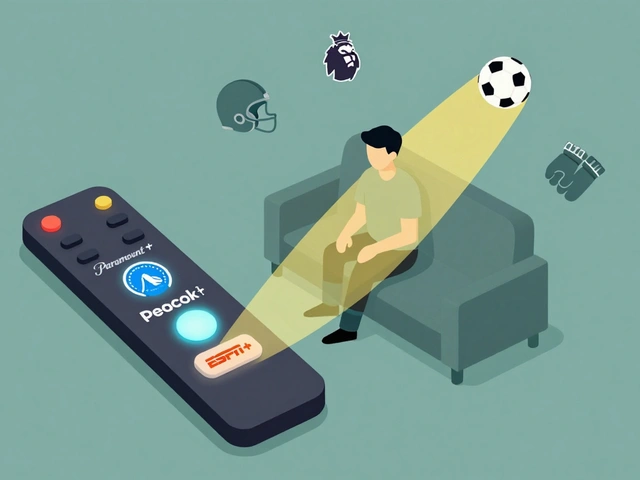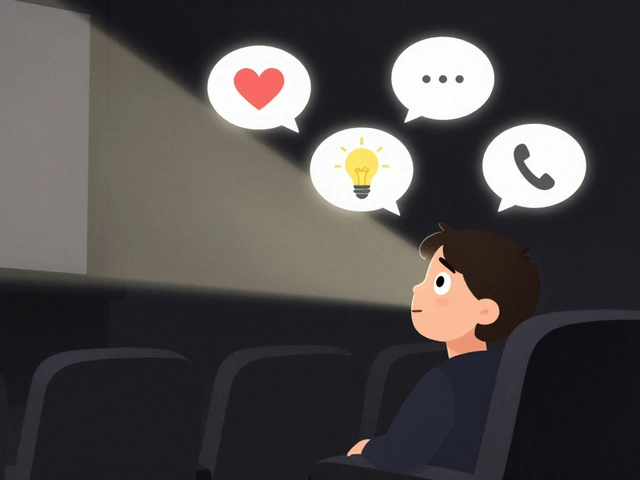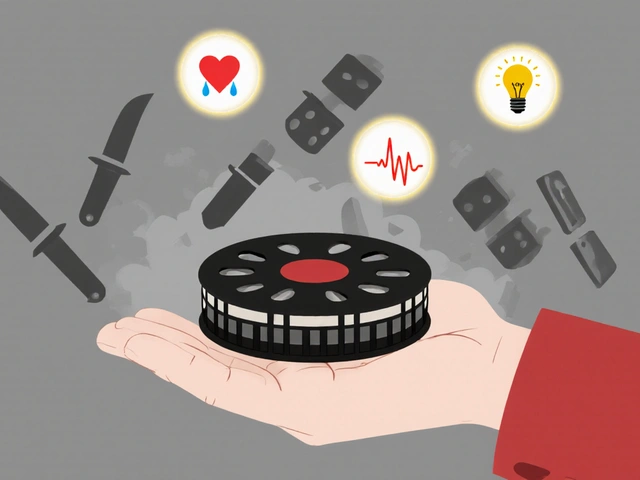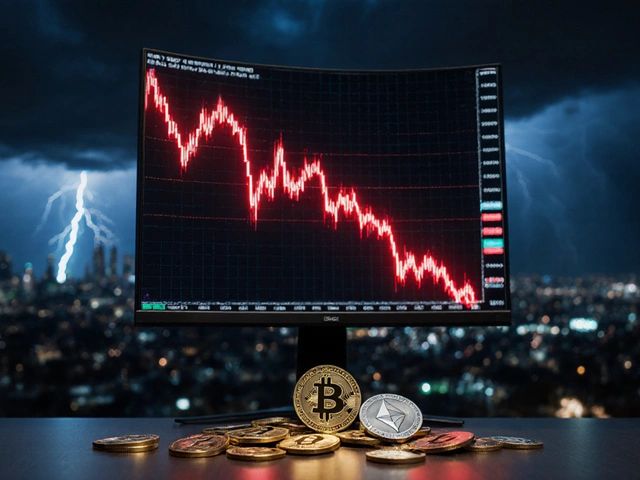Classic Film: Timeless Stories That Shaped Modern Cinema
When we talk about classic film, motion pictures made roughly between the 1910s and 1960s that set the standards for storytelling, cinematography, and performance. Also known as old Hollywood, it’s not about nostalgia—it’s about the rules these films wrote that still govern how movies work today. Think of it this way: every time a camera slowly pushes in on a character’s face to show inner turmoil, or a shadow falls across a face in a dark room, you’re seeing the ghost of a silent film, movies made without synchronized sound, where emotion had to be conveyed through movement, lighting, and title cards. These weren’t just primitive versions of today’s films—they were complete, powerful art forms that taught filmmakers how to say more with less.
Then came black and white cinema, the dominant visual language of film for decades, where contrast, shadow, and texture replaced color to build mood and meaning. Directors like Alfred Hitchcock and Orson Welles didn’t shoot in monochrome because they couldn’t afford color—they did it because it gave them control. Light and dark became characters. A single flickering bulb could mean danger. A long hallway could feel endless. That same visual grammar shows up today in shows like Better Call Saul or movies like The Lighthouse. And then there’s film noir, a style born in the 1940s with cynical detectives, smoky rooms, and morally gray heroes, often shot with low-key lighting and Dutch angles. It didn’t just influence crime movies—it shaped how we think about guilt, obsession, and betrayal on screen. Even streaming originals borrow its tone and structure.
Behind all these styles were auteur directors, filmmakers who treated cinema as their personal voice, controlling everything from script to editing to create a signature look. Kurosawa didn’t just make movies—he built worlds with precise framing and rhythmic editing. Fellini turned dreams into cinema. Aronofsky, though modern, carries that same torch. These weren’t just directors—they were authors. And their work didn’t disappear when color came in. It evolved. The emotional weight of Rashomon lives in today’s unreliable narrators. The tension of Psycho echoes in every slow-burn thriller on Netflix. The way 8½ blurred reality and fantasy? That’s the blueprint for shows like Succession and True Detective.
What you’ll find below isn’t a museum exhibit. It’s a working library. These posts show how classic film principles still drive today’s editing, streaming, and storytelling. Whether it’s how Kurosawa’s narrative tricks influence modern plot twists, or why lighting from silent films still teaches editors how to build emotion, this isn’t about history—it’s about what still works. You don’t need to watch every black and white movie to understand them. But if you want to know why your favorite shows feel so powerful, you need to know where those tools came from.
14
Groundhog Day Review: Bill Murray’s Time-Loop Romance
Groundhog Day is a timeless romantic comedy where Bill Murray's cynical weatherman relives the same day until he learns to become a better person. A masterclass in character growth, humor, and quiet romance.
Latest Posts
Popular Posts
-
 Data Management: DIT, Backups, and Archival Best Practices for Video Teams
Data Management: DIT, Backups, and Archival Best Practices for Video Teams
-
 App Layout Strategies: Organize Streaming Services by Genre and Use
App Layout Strategies: Organize Streaming Services by Genre and Use
-
 How to Cancel Paramount+: Step-by-Step Guide
How to Cancel Paramount+: Step-by-Step Guide
-
 Paramount+ with Showtime vs. Peacock Premium vs. ESPN+: Which Sports Add-On Fits Your Viewing Habits?
Paramount+ with Showtime vs. Peacock Premium vs. ESPN+: Which Sports Add-On Fits Your Viewing Habits?
-
 Breakout Indies at the Box Office: How Word-of-Mouth Made These Films Blockbusters
Breakout Indies at the Box Office: How Word-of-Mouth Made These Films Blockbusters



